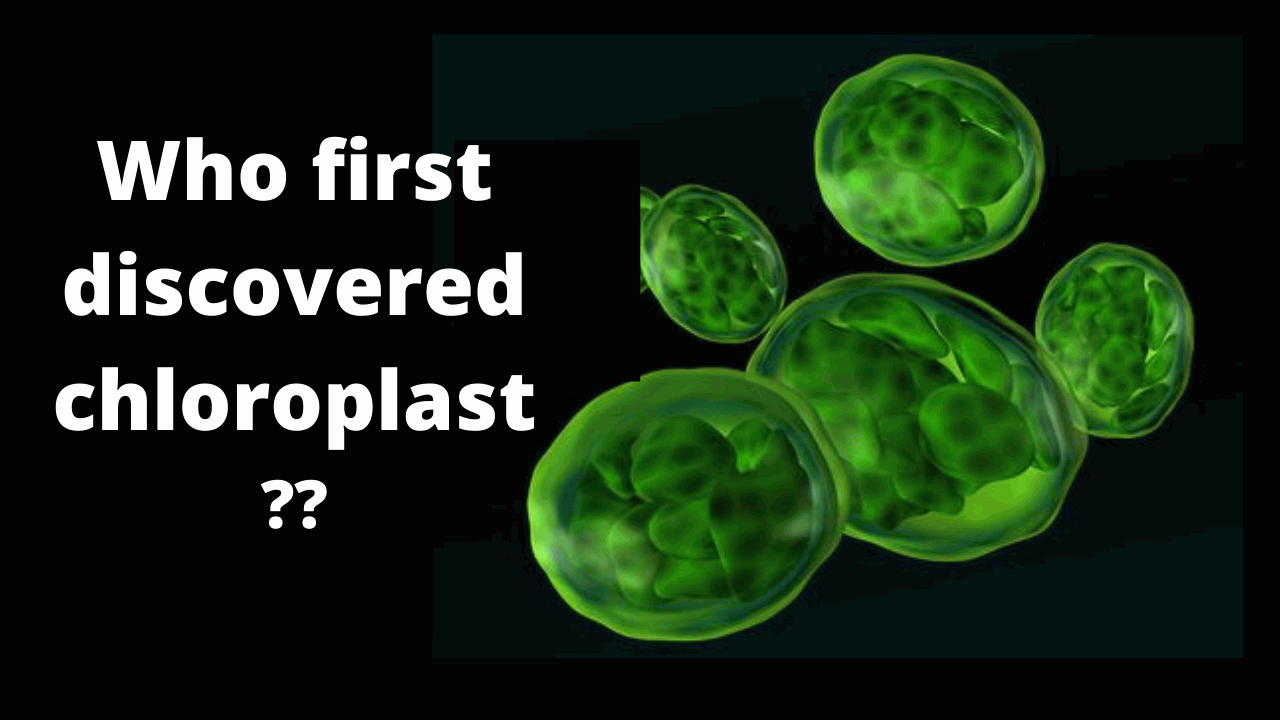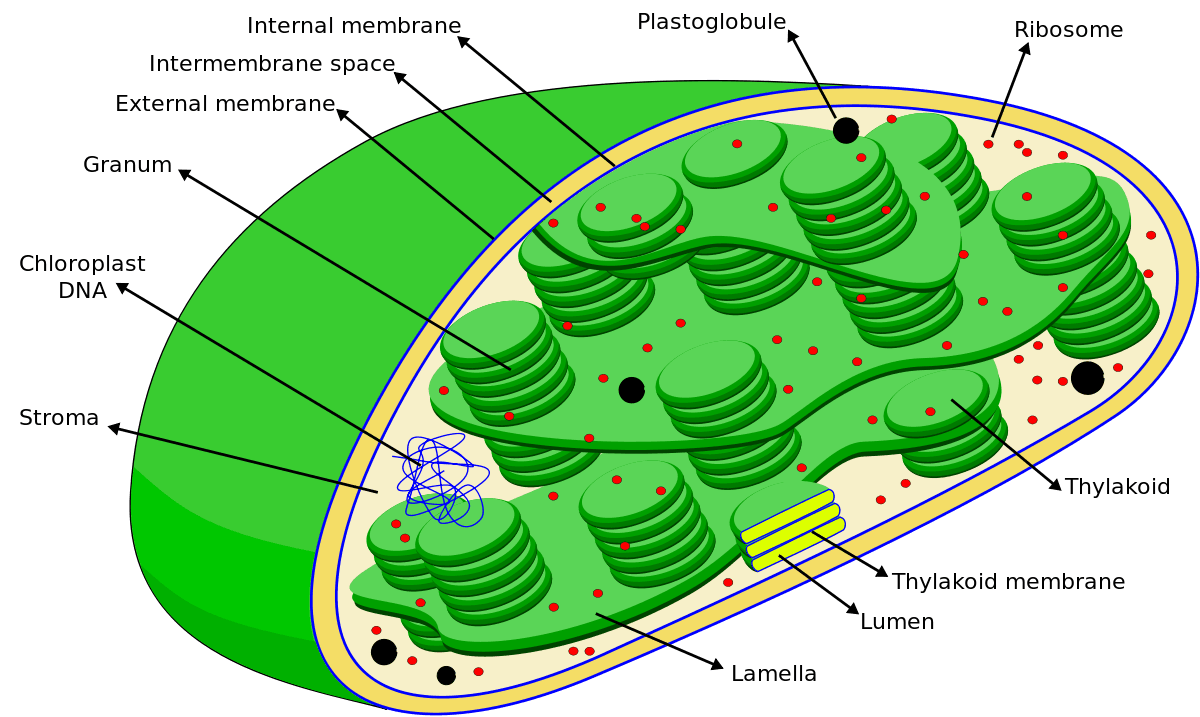
Who discovered Chloroplast
What is chloroplast?
Chloroplasts were identified as the organelles responsible for photosynthesis , in them light energy is transformed into chemical energy , which can be used by plants.
Who discovered chloroplast?

Although there are so many myths about who discovered chloroplasts but we can say Hugo von Mohl was the first person who gave the first definitive description of a chloroplast.
He did this in 1837, and he referred them as discrete bodies within the green plant cell. After that In 1883, Andreas Franz Wilhelm Schimper was the person who proposed a name i.e. chloroplastids to these bodies. In 1884, Eduard Strasburger proposed the term "chloroplasts".
Now you know about discovery of chloroplast i.e. who first discovered chloroplast and when was chloroplast discovered, to know more read further.
More about discovery of chloroplast
Chloroplasts (name came from Greek) are one of the types of plastids in which photosynthesis takes place. There are three types of plastids in total: leukoplasts, chromoplasts, and chloroplasts.
The former accumulate starch and are colorless, chromoplasts provide the color of flowers and fruits in a yellow-red range with the help of carotenoid pigments, chloroplasts are green and are responsible for photosynthesis.
The thylakoids contain an electron transport chain - a system of proteins in the membrane that carry electrons. The space between the thylakoids and the chloroplast membrane is called the stroma.
The chloroplast stroma contains its own circular DNA, thanks to which they can divide completely regardless of whether the cell itself is dividing at the moment.
Chloroplasts have everything necessary for the independent synthesis of protein and ribosome, characteristic of prokaryotes.... These and other features allowed scientists to argue the theory of symbiogenesis - the origin of chloroplasts from cyanobacteria captured by a eukaryotic cell more than 1 billion years ago.
The green color of chloroplasts is given by the chlorophyll pigment, which contains magnesium.
Related Articales
Recently Posted
-
भगवान गौतम बुद्ध जीवन परिचय | Gautam Buddha in Hindi
December 15, 2022. -
कार्बन के अपररूप Allotropes of Carbon in Hindi
November 5, 2022. -
मिश्र धातु किसे कहते हैं? उपयोग, नाम, गुण Alloy in Hindi
July 27, 2022. -
गलनांक किसे कहते हैं? परिभाषा, उदाहरण Melting Point in Hindi
July 20, 2022. -
परिमाप किसे कहते हैं? Perimeter in Hindi
July 19, 2022.




